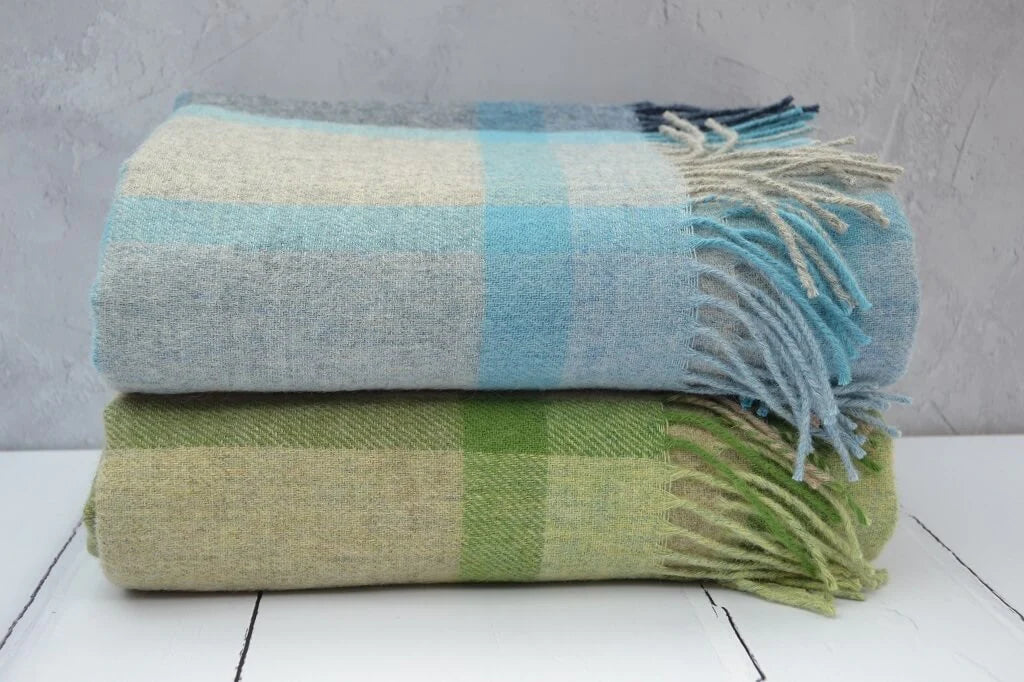Currently at wonderwool Wales 27th-28th April
NEXT SHIPPING DATE 1st MAY
Currently at wonderwool Wales 27th-28th April
NEXT SHIPPING DATE 1st MAY
Welsh Blankets
Candles & Soapery
Craft Courses
Hand Dyed Yarn

Laine Magazine and Books
Laine Magazine
Laine Magazine is a high-quality Nordic knit and crochet magazine. You will love the luxurious knitting patterns from leading international knitwear designers, insightful, long-format stories from the world of wool and the strong visual storytelling. Published twice a year, Laine Magazine has stunning photography and is beautifully illustrated. In each magazine you can typically expect.
- 140 pages with 10 patterns, and articles and interviews with leading international knit designers.
- Laine Magazine Videos.
Laine Books - Knitting Books - Craft Books
A full range of stunning Laine books focusing on knitting, crochet, crafts and lifestyle. Examples of the Laine Books include.
- 52 weeks of socks, 52 weeks of shawls and 52 weeks of easy knits.
- Mouche and Friends, Strands of Joy, Fair Isle Weekend, Neons and Neutrals, and others.
- Laine Books Videos.
Laine Bundle Offers - 10% Off Back Issues
Great savings of 10% on Back Issue Bundles of Laine Magazines, whilst stocks last. No codes required, discounted prices will be in the Checkout. An official Laine Books and Magazine UK stockist.
Click on images above to view all products







